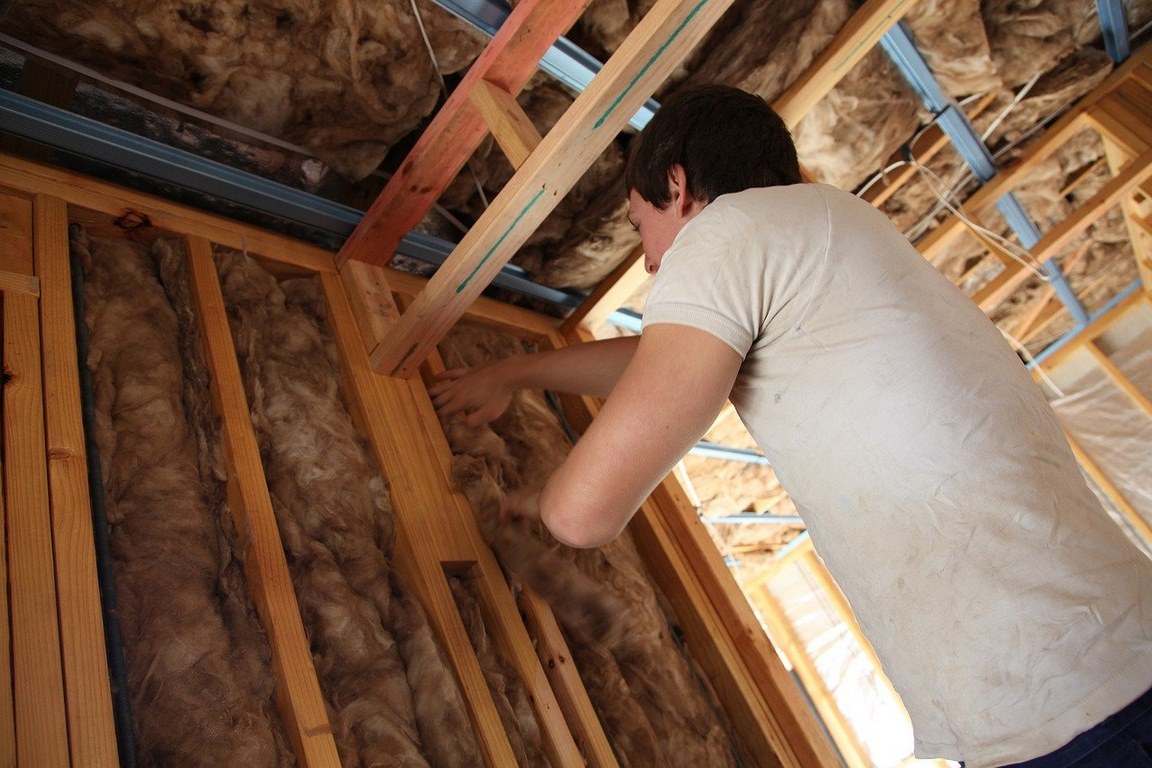If your home has ceased keeping warm anymore or is letting cool air escape easily, it’s time to adjust your attic areas.
Your attic insulation may be aging and becoming less efficient. In addition, if your attic starts degrading, hazardous substances may find their way into your home especially mold.

Like other components at home, attics have a lifespan. At some point, they need removal and replacement. This is a huge project for homeowners; hence they must observe proper procedures during attic removal.
This guarantees safety and smooth operations. In addition to making the process smooth, hire reliable companies offering attic insulation removal.
Basics for Attic Removal
Before undertaking the project, you should assemble the right gear and observe precautions. The project is tricky, so safety is not an exception but the rule. The correct protective gears are crucial for running without a hitch.
First, shield your hands with gloves especially rubber-coated. That way, hazardous materials won’t get their way onto your skin. The insulation removal also involves considerable amounts of dust and molds. To protect your lungs from such, you need to put on a 95-rated mask during the operation.
Your eyes are also susceptible targets. During the operation, use eye protection (those with anti-fogging coating). You may also purchase goggles if they are reliable. For your overall body protection, you need proper clothing. For this case, buying a pair of coveralls is essential.
Coveralls safeguard your skin from contaminants and irritation when you put them on. You may complete your look with a hardhat because attic areas can accommodate them.
Finally, various points in the attic might be dark. Incorporate a flashlight in your essentials to see what you’re doing clearly. Even better, you may use a headlamp. Headlamps free your hands as they light your operations areas.
Read Also:
Gather the Right Equipment
After assembling the right gear and knowing how to stay safe in the attic area, we must highlight the necessary supplies and equipment you will need in your attic removal operation. Heavy machinery will speed up the process, but rather than purchasing them, we recommend hiring.
Inspect the type of your insulation. If it’s brown-in cellulose, you should see brown and gray materials. In addition, brown-cellulose may crumble during pick-ups. Fiberglass batt insulation is usually thicker and longer. They are purposely made for larger surfaces.
An insulation removal vacuum (commercial grade) is essential for fast attic removal. It is powered by a gas engine and incorporates metal hose connectors, large vacuum bags, and vacuum horses.
A ladder will help you climb up the attic. In addition, find 50-gallon waste bags. For blown-in insulation, purchase dustpans and rakes. Your walls need protection, too; Buy wall covering, including securing tape to ensure this.
Remove Your Attic Insulation
The procedure for attic insulation removal varies considerably with the type of attic. In that case, we’ve categorized the procedure to cover attic insulations like blown-in cellulose and fiberglass.
Blown-in Cellulose
First, set all your Equipment where retrieval is more effortless. Then, rightly position your ladder into your attic entrance, get your commercial vacuum and have proper settings. Run the hose into the attic while the shop-vac, dustpan, and rake are within your attic.
Assuming you have all your protective gear on, climb up the ladder into the attic and start vacuuming your blown-in cellulose insulation; using the rake, gather the insulation pieces onto the dustpan, moving them periodically into waste bags.
If there are insulation leftovers, clean them up with the Shop-Vac equipment until you get rid of all of them, rinse, and repeat. Restore equipment from the attic area, including wall coverings and floor protectors. You may incorporate breaks intervals in your attic removal operation to relax your body; dispose of waste bags into a dumpster when done.
Fiberglass Batt Insulation
The procedure and setting for fiberglass batt insulation removal widely resemble blown-in cellulose (with minor differences). The difference is you don’t need dustbins and rakes in operation. You only need enough dumpster space and garbage bags.
After you’ve protected walls and floors with coverings, set up the ladder to the attic, put on sufficient protective gear, start rolling up the batt starting from the furthest corner.
Once folded up, carry the rolling to the access hole. Then, bag them safely. At this point, you need help from the shop vac and commercial vacuum to clean the floor.
Attics may vary in size; roof pitch may be tight, making the operation hard. For instance, you may have to crawl around using your stomach to get things done.










